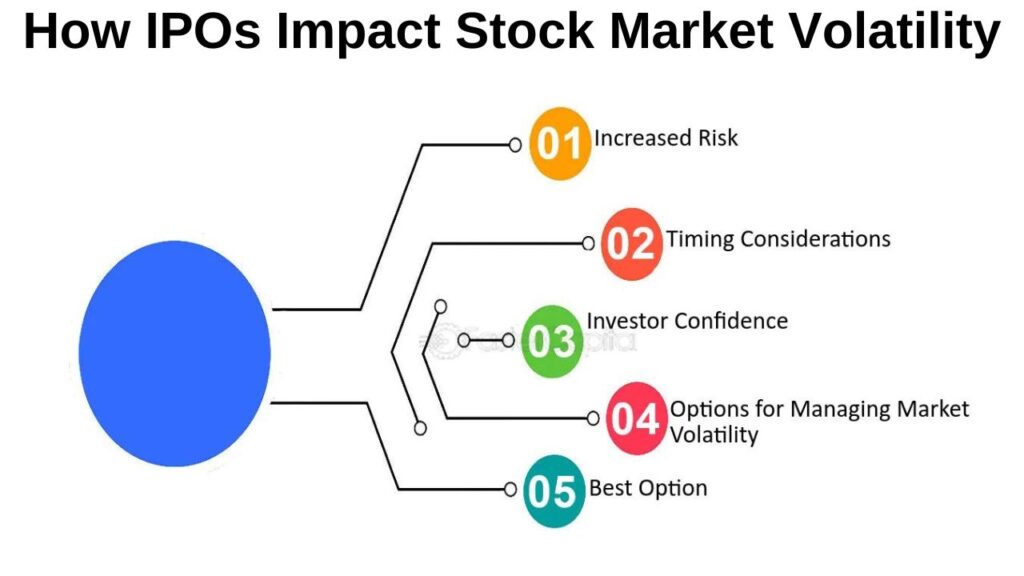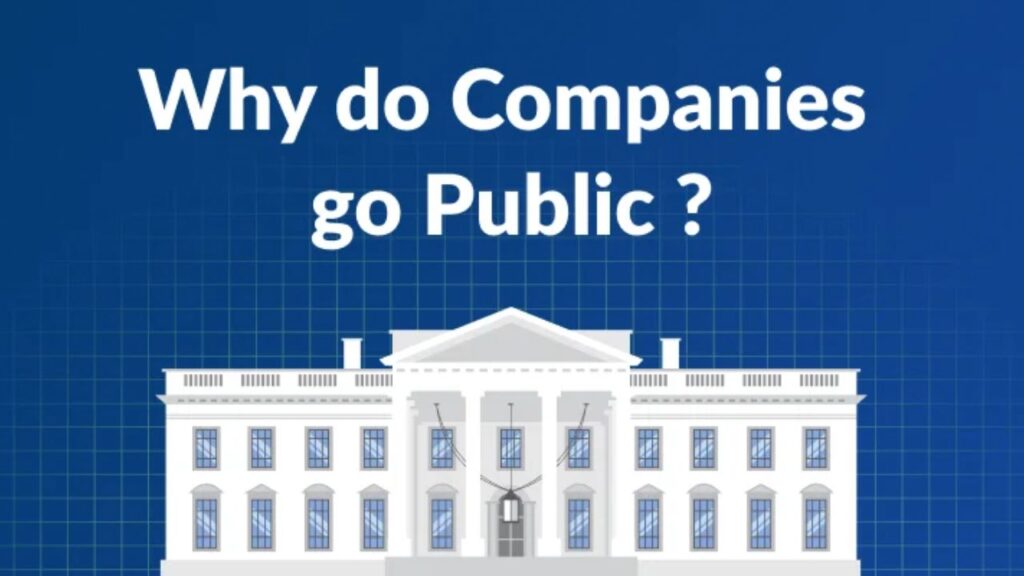Introduction
Navigating the world of Initial Public Offerings (IPOs) can be daunting, especially with the specialized terminology that often accompanies these events. Whether you’re a seasoned investor or just starting, understanding the language of IPOs is crucial. This guide aims to demystify key IPO terminologies, empowering you to make informed investment decisions.
1. Understanding the Basics of IPOs
- What is an IPO?
An IPO marks the first time a company offers its shares to the public, transforming from a private to a publicly traded entity. - Why Companies Go Public:
Companies might seek IPOs for funding expansion, to allow early investors to cash out, or to increase visibility and credibility. - The IPO Process:
From filing with regulatory bodies to setting a price and finally listing on an exchange, the IPO process involves multiple stages.
2. Key IPO Terminologies
- Prospectus – Your IPO Roadmap:
A detailed document that outlines the company’s business, financials, and risks. It’s essential reading for potential investors. - Abridged Prospectus – Quick Insights:
A shorter version of the prospectus, offering key information for those who don’t have time for the full document. - Red Herring Prospectus – The Preliminary Peek:
This document, lacking the final offer price, gauges investor interest before the IPO. - Book Building – Setting the Price:
This process involves collecting bids from investors to determine the final offer price based on demand. - Issue Price – The Cost of Entry:
The price at which shares are offered during the IPO. - Price Band – The Pricing Window:
A range within which investors can bid for shares during the IPO. - Floor Price – The Lowest Bid:
The minimum price within the price band. - Cut-off Price – The Highest Bid:
The maximum price at which shares can be bid in book-built issues. - Oversubscription – Demand Over Supply:
When more shares are applied for than offered, indicating strong investor interest. - Lock-Up Period – Holding Pattern:
A period where major shareholders can’t sell their shares, designed to prevent immediate sell-offs.
3. Roles and Players in an IPO
- Book Running Lead Manager (BRLM) – The IPO Conductor:
The investment bank leading the IPO, managing everything from pricing to post-IPO activities. - Underwriters – The Guarantors:
Entities that ensure the sale of shares, often buying any unsold shares. - Qualified Institutional Buyers (QIBs) – The Big Investors:
Large investors with special allocations in IPOs due to their buying capacity.
4. IPO Process Timeline
- Offer Date – The Start Line:
When the IPO opens for subscription. - Listing Date – The Trading Debut:
The first day shares are traded on stock exchanges. - Allotment – Share Distribution:
The process of distributing shares to applicants based on their bids.
5. Investment Considerations
- Bid Lot – Minimum Investment:
The smallest number of shares one can apply for in an IPO. - Retail vs. Institutional Investors:
Different strategies and allocations for individual vs. large investors. - Grey Market – Unofficial Trading:
Where shares can be traded unofficially before they are listed on the exchange.
6. Post-IPO Considerations
- Lock-Up Expiry – The Selling Window:
After the lock-up period, major shareholders can sell their shares, potentially affecting the stock price due to increased supply. - Long-Term vs. Short-Term Investment:
Investors must decide whether to hold for long-term growth or sell for short-term gains post-IPO.
7. Risks and Rewards
- Volatility – Expect the Unexpected:
IPOs often experience significant price fluctuations due to speculative trading. - Dilution – Ownership Spread:
New shares issued can dilute the ownership percentage of existing shareholders. - Regulatory Scrutiny – Increased Oversight:
Public companies face more regulatory requirements, which might affect operations and profitability.
8. Tips for Investing in IPOs
- Research Beyond the Hype:
Look beyond the initial excitement. Understand the company’s business model, market position, and financial health. - Consider the Lock-Up Period:
Be aware of when major shareholders can sell, as this might influence your investment strategy. - Stay Informed:
Follow financial news, join investment forums, and keep learning about market trends and company performances.
Conclusion
Understanding the terminology associated with IPOs is crucial for navigating the investment landscape effectively. Whether you’re considering investing in an IPO for the thrill of being part of a company’s early public life or for long-term growth, knowing these terms equips you with the knowledge to make informed decisions. Remember, while IPOs offer opportunities for significant returns, they also come with risks. Always do your due diligence and consider your investment goals before diving in.
Call to Action
- Share your IPO investment experiences or ask questions in the comments below.
- Follow us for more insights into the world of investing and keep an eye on upcoming IPOs.
Why Companies Opt for FPO After an IPO: A Strategic Overview
1. Introduction In the world of public markets, Initial Public Offerings (IPOs) and Follow-on Public…
The Ultimate Guide to Understanding IPO vs. FPO: Differences, Benefits, and Risks
1. Introduction to the World of Public Offerings Capital markets thrive on the flow of…
How Book-Building IPOs Work: A Comprehensive Guide
Investor Perspectives on Book-Building IPOs Retail vs. Institutional Investors: In the book-building process, institutional investors…
Understanding Fixed Price IPOs: A Comprehensive Guide
Introduction: What is a Fixed Price IPO? A Fixed Price Initial Public Offering (IPO) is…
Mastering IPO Terminology: A Comprehensive Guide for Investors
Introduction Navigating the world of Initial Public Offerings (IPOs) can be daunting, especially with the…
How IPOs Impact Stock Market Volatility
Introduction: The financial markets are a complex ecosystem, where Initial Public Offerings (IPOs) play a…






